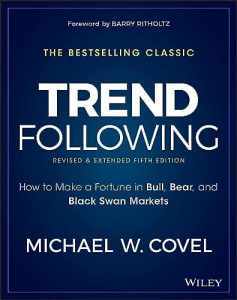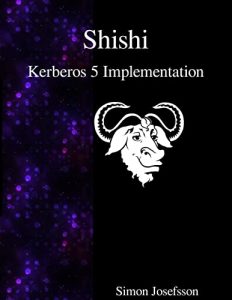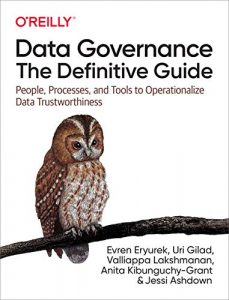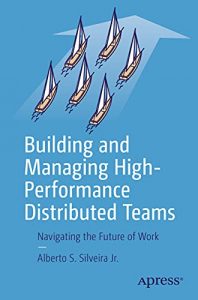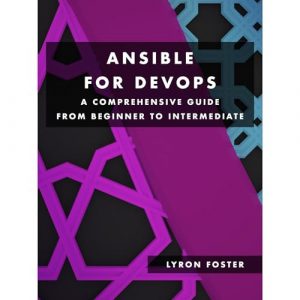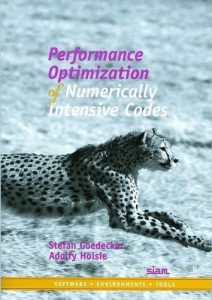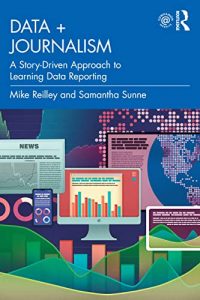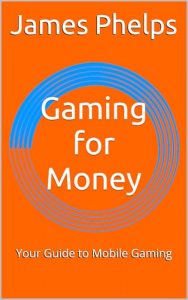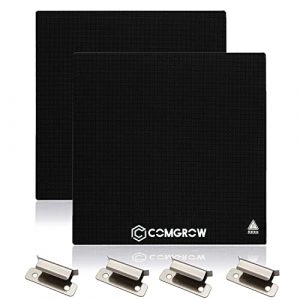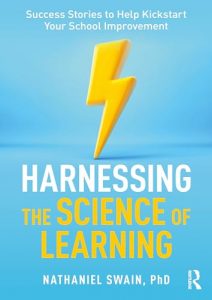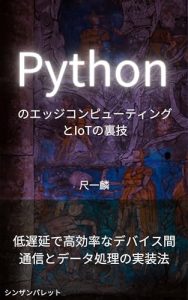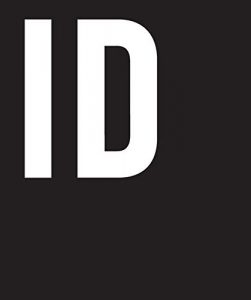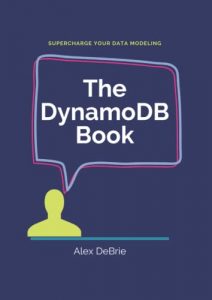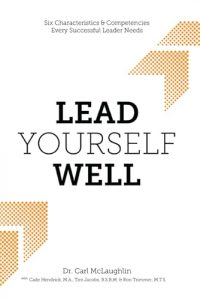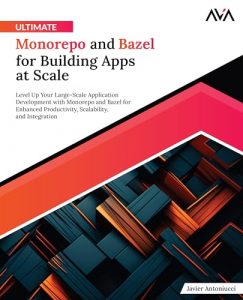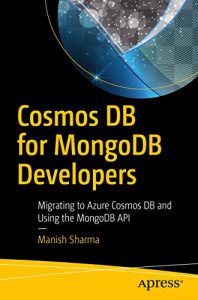1. Graph Databases: New Opportunities for Connected Data
This book by Ian Robinson, Jim Webber, and Emil Eifrem is a comprehensive introduction to graph databases, which have revolutionized the way we store and query connected data. A must-read for data engineers and architects, it outlines new opportunities available through graph databases, offering practical examples and insightful theories that will not only enhance your understanding but also inspire innovative solutions to complex data challenges. The authors’ expertise shines through, making this a pivotal reference for anyone seeking to deepen their knowledge in the field.

2. The Practitioner’s Guide to Graph Data: Applying Graph Thinking and Graph Technologies to Solve Complex Problems
This well-researched guide by Denise Gosnell and Matthias Broecheler is aimed at practitioners looking to apply graph thinking in a pragmatic manner. It combines theory with hands-on techniques that can help solve real-world problems effectively. By delving into various use cases across sectors, the authors illustrate the versatility of graph technologies. This book is particularly valuable for professionals who want to leverage complex data structures and make informed decisions in their projects. With illustrations and practical tips, this guide is both informative and actionable.

3. Graph Algorithms: Practical Examples in Apache Spark and Neo4j
Mark Needham and Amy E. Hodler present an engaging exploration of graph algorithms through practical examples using Apache Spark and Neo4j. This book is essential for data scientists and analysts who want to understand how to implement algorithms and harness the power of graph data for insights. With a hands-on approach, readers will walk through various case studies that highlight applications of graph algorithms across different domains. This resource helps demystify complex concepts, making it accessible for learners at various levels.

4. Building Knowledge Graphs: A Practitioner’s Guide
The recent release by Jesus Barrasa and Jim Webber uncovers the intricacies of building knowledge graphs from a practitioner’s perspective. As organizations increasingly look to leverage interconnected data, this guide offers invaluable insights into processes and methodologies for constructing effective knowledge graphs. The book is packed with strategies and best practices not only to design but also to implement knowledge graphs in real-world scenarios, making it essential reading for technical leaders and developers alike.

5. Graph Algorithms for Data Science: With examples in Neo4j
Tomaž Bratanic provides an innovative perspective on graph algorithms that are crucial for data science applications in his engaging title. Readers are introduced to algorithmic concepts that form the basis of extraction and analysis in graph databases, specifically with examples centered around Neo4j. This book will empower data scientists to extract maximum value from their data and build advanced analytical models. Engagingly written, it balances theory with practical examples beautifully, making it a valuable asset for any data-oriented professional.

6. Neo4j Graph Database: 2nd Edition
Ajit Singh and Dr. Sheela Hundekari update this essential guide to Neo4j, the leading graph database platform. Navigating through both fundamental and advanced topics, this book equips readers with the knowledge to optimize and implement Neo4j effectively. Readers will benefit from its structured information that includes installation guides, database configurations, and performance tuning techniques. It is a practical manual that serves both novices and experienced users seeking to maximize their database applications.

7. Graph-Powered Machine Learning
Alessandro Nego’s “Graph-Powered Machine Learning” introduces professionals to the intersection of machine learning and graph data structures. The content articulately explains how graph algorithms can enhance machine learning models by enabling richer data representations. This book guides readers through practical applications and techniques, allowing them to discover the full potential of graphs in predictive analytics. It’s a brilliant read for those looking to combine two highly relevant fields and leverage their insights for improved decision-making.

8. Graph Databases
This seminal work by Ian Robinson, Jim Webber, and Emil Eifrem lays the foundation for graph databases in a way that is easy to understand yet profoundly impactful. It introduces the core principles of graph database technology and explains underlying structures and architectures. Any data professional serious about learning how to manipulate and query graph data must consider this essential guide a fundamental resource. It also paves the way to further exploration of more specialized graph topics.

9. Graph Databases with Neo4j: Leveraging Graph Theory for Advanced Data Relationships
The upcoming book by Nexus AI is tailored towards individuals looking to deepen their grasp on utilizing Neo4j for complex data relationships. By leveraging graph theory concepts, readers are provided with the knowledge to implement advanced methodologies that can significantly improve data management strategies. Due for release soon, this title is promising to be a valuable addition to any data-savvy person’s library.

10. Knowledge Graphs: Fundamentals, Techniques, and Applications
In this informative book, Mayank Kejriwal, Craig A. Knoblock, and Pedro Szekely provide a thorough overview of knowledge graphs, covering foundational concepts, technical methodologies, and real-world applications. It details both theoretical frameworks and practical implementations, making it a critical resource for both researchers and practitioners. This title enriches the reader’s understanding of how knowledge graphs are constructed and utilized across various domains, paving the way for applying new techniques in existing workflows.










